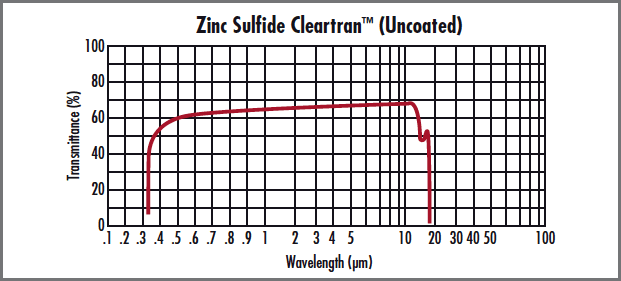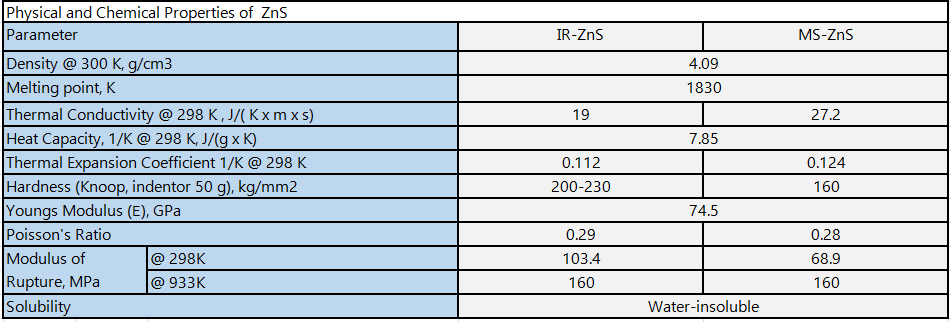Although the pesticide application method is simple, if you want to achieve good results, you need to pay attention to the method. Otherwise, it will not achieve the control effect, but there are still great safety hazards. What aspects of pesticide application should you pay attention to?
First, regardless of the object of prevention and control, blind medication.
In the case where you can't tell which kind of pests and diseases, blindly choose pesticides, or follow suit, or when pests and diseases occur lightly, you like to use some imported high-grade fungicides , which not only increases the cost of prevention, but also accelerates the resistance of the medicament.
Second, re-treatment and light prevention, no pests and diseases are not applied.
Under normal circumstances, the resistance of young larvae to pesticides is poor, and their resistance is also increasing with the increase of age. Therefore, the control of pests is most effective in the egg stage or the larval origin period. However, some farmers' friends often start to use drugs when the pests have already occurred, which has caused certain harms, and the effect of the medicaments is difficult to play. In the prevention and control of plant diseases, the mode of action of the fungicides, regardless of the protective fungicides, or therapeutic The fungicide should be applied only when the disease occurs and is prevalent, which causes economic loss and does not play a role in disease prevention.
Third, increase the concentration of drugs at will.
Some people do not use proportions when dispensing medicines, do not use special measuring tools, only use caps or other non-standard utensils. There is no quantitative concept, which generally exceeds the specified concentration, which not only causes waste, but also is prone to phytotoxicity, and also causes pests and diseases. Enhanced drug resistance. Reduce the life of pesticides.
Fourth, the long-term use of a single variety.
In the use of pesticides, once a certain pesticide is found to be effective, it will be used for a long time. Even if the effect of the drug on the pests is reduced, the variety is not changed, but the method of increasing the dose is adopted, and it is recognized that the pests have already been produced. Resistance to drugs still increases the dose, resulting in a vicious circle.
Fifth, confusion of high efficiency and high toxicity concept, lack of security concepts.
At present, high-quality pesticides are developing in the direction of high efficiency, low toxicity and low residue, and many farmers mistakenly believe that high toxicity is good. Only high-toxic pesticides are subscribed, and there is a lack of understanding of low-toxic and high-efficiency pesticides. Pesticides are not used in accordance with pesticide safety standards. Pesticides used on fruit trees, vegetables and raw crops are prohibited from being used in these crops, resulting in poisoning of humans and animals.
Sixth, the higher the concentration of the drug solution, the better
When farmers use pesticides, in order to reduce the workload, they often add more medicine and less water. When spraying insecticides and fungicides, sufficient water consumption is very important, because the eggs and germs are concentrated in the soil on the back of the leaves and in the roots of the roots. When the application is small, it is difficult to spray the whole plant.
Seven, prevention once, once and for all
Insecticides and fungicides can achieve obvious results in the occurrence of pests and diseases. However, with the loss of pesticides and decomposition, and the infection of adjacent plots, there are still hidden dangers, which should be 7 to 15 days apart. Take the medicine several times to achieve the best control effect. After foliar fertilizer and hormonal pesticides are sprayed, the plants can only be absorbed from the leaf surface in a small amount. It should be sprayed “small times†during the application period to achieve the desired effect.
Eight, lack of common sense of pesticides
The pesticide market has been opened up, and the quality of pesticide operators is uneven. They often use farmers' lack of knowledge about pesticides and mislead farmers. Therefore, before using pesticides, it is best to consult with a qualified and qualified plant protection department to strive for the symptomatic use of pesticides. Pesticide is not purchased from operators with incomplete licenses, and pesticides that are expired or marked with suspiciousness are not used. After purchasing the pesticide, remember to ask for the invoice.
More pesticide knowledge, please pay attention to China Pesticide Network
Multi-spectral grade of zinc sulfide has low absorption and scatter properties over its broad transmission range of 0.4 - 12μm. Zinc Sulfide Multispectral is a chemically vapor deposited material which is commonly used in thermal imaging. With its excellent transmission properties in the visible and infrared, Zinc Sulfide Multispectral is the material of choice for systems that have both visible and mid-wave or long-wave infrared sensors. It is slightly harder and more chemically resistant than zinc selenide.
We consistently offer various high quality optical components according to the customer's requirements use other infrared materials. Such as prisms,Spherical Lens, aspherial lens,Ball lens,Optical Windows,Achromatic Lens,cylinder lens etc.



|
ZnS lens and ZnS windows specifications: |
||
| Standard precision | High-precision | |
| Dimension Tolerance | φ5-100mm+0/-0.2 | φ3-250mm+0/-0.2 |
| Center Thickness Tolerance | 1-15mm+/-0.1 | 1-30mm+/-0.05 |
| Centration | 1 arc minutes | 10 arc seconds |
| Surface Quality | 60/40 | 40/20 |
| Power(fringe@633nm) | N<λ@633nm(in 25mm) | N<λ/4@633nm(in 25mm) |
| Clear Aperture | >90% | >95% |
| Chamfer | Protected <0.5mmx45deg | Protected <0.5mmx45deg |
Zinc Sulfide Lens,Zns Spherical Lens,Zinc Sulfide Aspherical Lens,Zns Plano-Convex Lens
China Star Optics Technology Co.,Ltd. , https://www.opticsrealpoo.com